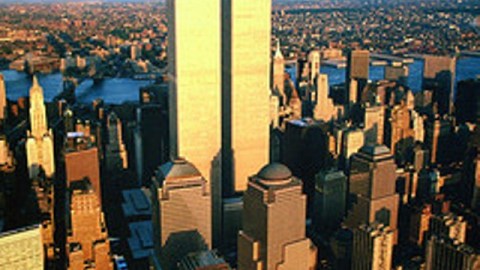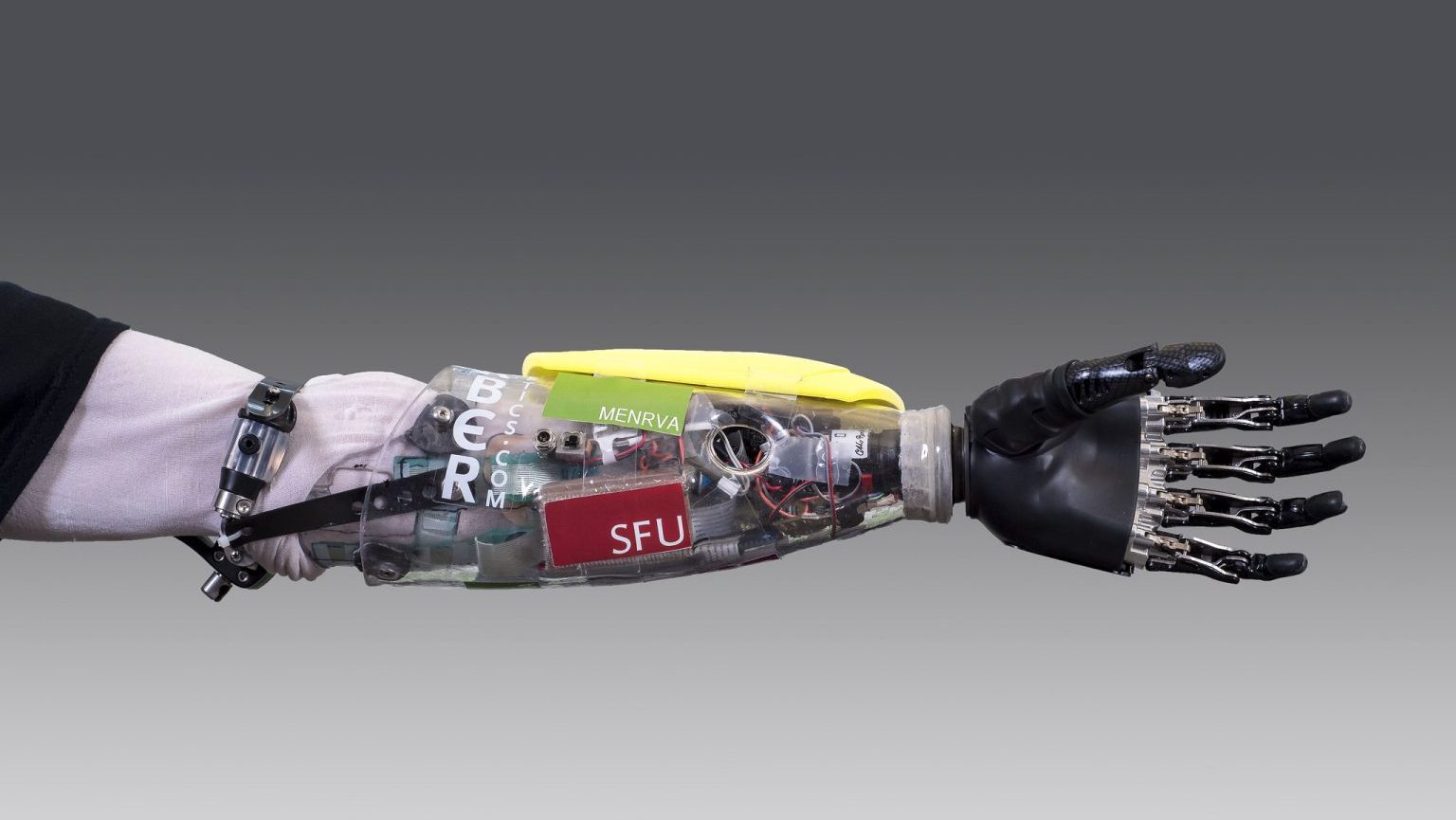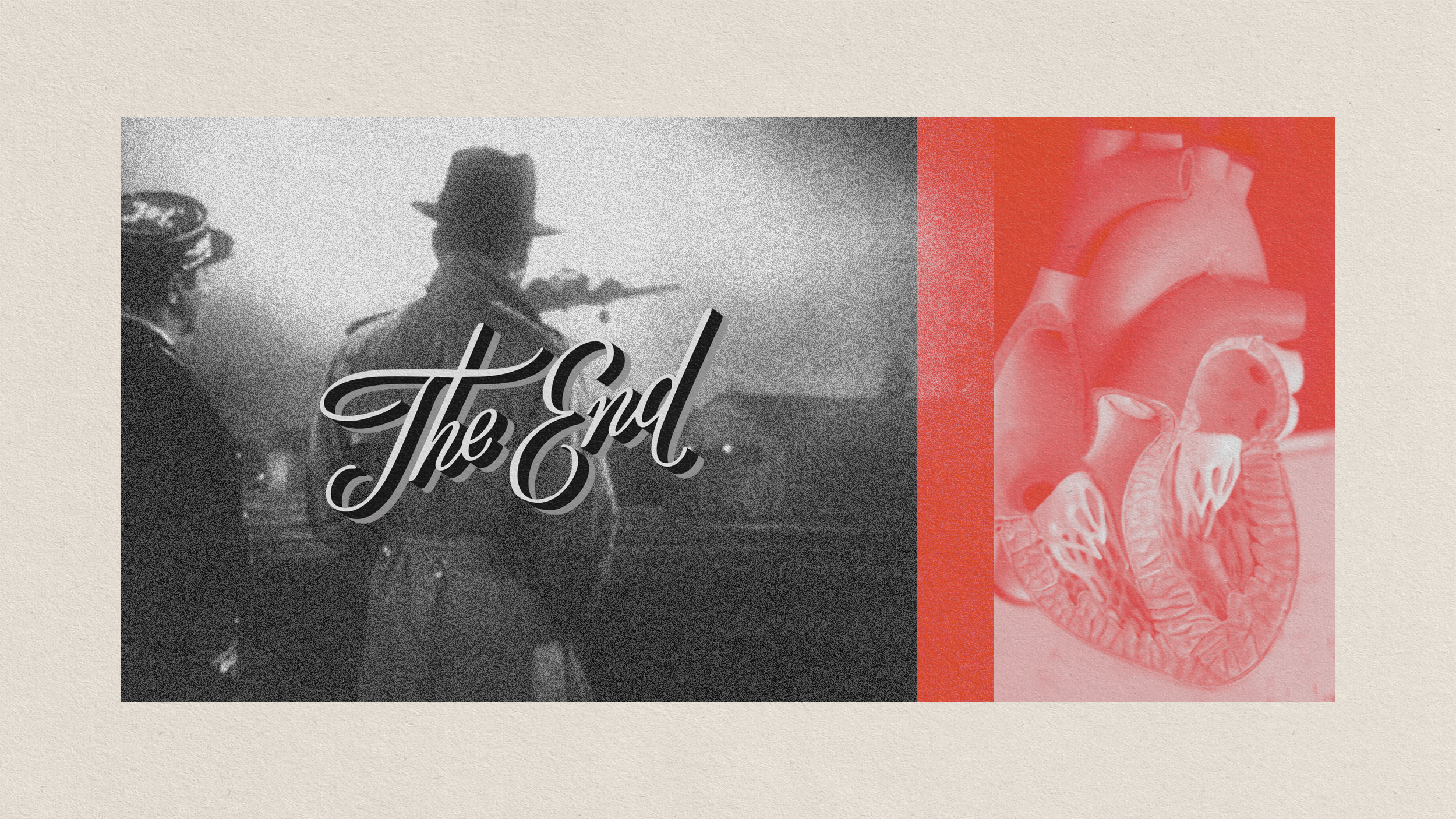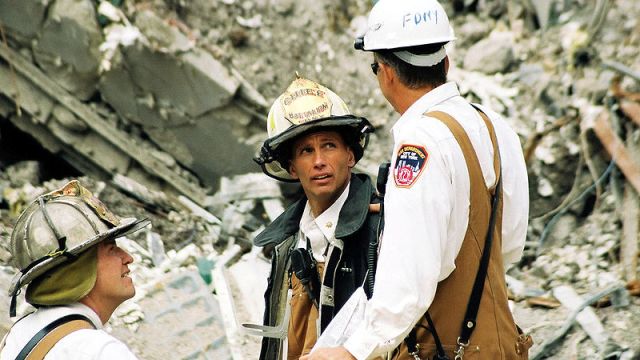Why 9/11 Was No Pearl Harbor

New York, or rather Manhattan, has been part and parcel of my life for over a decade. It is stimulating, sophisticated, and a city where truly anything is possible. But it is also in parts a curious mixture of first and third Worlds, for this has historically been a city where waves of immigrants have replaced one another in a sometimes brutish pecking order. I’ve lived and worked in Manhattan, and long before I did so, I was a frequent visitor. I still am. For I continue to keep links with the United Nations, while writing and blogging for amongst others ‘Big Think’.
Having spent years railing against aspects of US foreign policy, despaired of the Reagan and Bush years, I am an unashamed enthusiast of Americans. New York in particular holds a very special place for me, as it does curiously for many around the World who may never have been to the city, but who recognise great chunks of it from films they have seen. And it is the film of the attack on the World Trade Center that most obviously stands out, for this was the most shocking that reality television has managed to inflict upon us. This was no fictional ‘Towering Inferno’, this was, as Americans would say the ‘real deal’. There are events in all of our lives where we remember where we where and what we were doing when some gargantuan or life changing news broke. The attack on the Twin Towers was just that for millions. As it happens I had recently returned from the city, having been speaking at the ‘Socialist Scholars Conference’, with Mick Rix the other UK delegate, who at that time was leader of the train drivers union, ASLEF. We had even taken time out to visit one of the towers and catch the elevator to the top. I will never forget the same elevator stalling on the way down and coming to an abrupt halt between floors on the way back down. The light flickered and a couple of people let out momentary yelps, and then we were on our way again.
Back in London, at the Tribune office, one of the staff called me into the next room to watch footage of the first plane hitting. My first thought, in common with many others I suspect, was ‘this can’t be real’. My second was to go back into my office and call some of my friends in Manhattan. Ian William’s, Tribune’s UN Correspondent was living down town, and had witnessed the immediate aftermath from his apartment window. Another friend told me how she and others were now leaving the city by foot. Most friends I spoke to were clearly in disbelief.
Shortly afterwards I was back in New York, wandering through some of the stricken streets, and looking inside shops that were coated in a thick mat of grey dust, This being New York, a small industry of patriotic pictures, badges and flags, had already taken root. Postcards depicting the twin towers before their fall were particularly popular. In subsequent years, as a New York based TV reporter, I would be sent to cover anniversaries of the attacks, and never failed to be moved by the shrines to those who had lost their lives, and in particular the heavy cost born by the New York Fire Department.Many lives were shaped and effected by what happened on that infamous day, and in particular for many who had never been to America. For the response to the atrocity when it came was historically misjudged, and had led to bitter conflict and loss of life that far out numbers the loss of life in lower Manhattan.
The attack on the World Trade Center was no Pearl Harbour, because it was directed at civilians by civilians, albeit civilians terrorists. No account of the last decade, and no proper examination of cause and effect can fail to ignore America – and Britain’s response – the war on Iraq. So my memories of the past decade come also with those of the million strong march in London against the war, a massive demonstration at which I spoke along with many others. What is done can never be un-done, but at the very least we can and must learn from history





